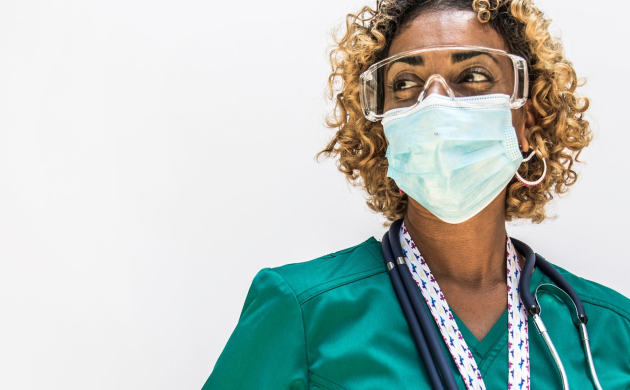
Beat the heat: the best heat rash treatment
When the scorching heat of summer arrives, our bodies can sometimes react with heat rash. This common skin condition, also known as prickly heat, can cause itchy, red bumps or blisters to appear on the skin, making it uncomfortable and irritating. We will explore the best heat rash treatment options to help you beat the heat and find relief.
From soothing remedies to preventive measures, we've got you covered to ensure your summer stays cool and rash-free.
Heat rash symptoms
Heat rash appears as a cluster of red bumps or blisters on the skin, and these tiny bumps can come with additional symptoms.
- Itching. Heat rash typically causes intense itching, which can be bothersome and uncomfortable.
- Redness. The affected area may appear red and inflamed, signaling the presence of a heat rash.
- Small bumps. Heat rash usually shows up as small, raised bumps on the skin. These bumps can range in size and may be filled with fluid.
- Prickling sensation. Some people may experience a prickling or tingling sensation in the affected area, hence the term "prickly heat."
- Discomfort or pain. Heat rash can cause mild to moderate discomfort or even a slight stinging sensation.
Heat rash commonly occurs where sweat is trapped, like the neck, chest, groin, armpits, or skin folds. It can also affect other body parts exposed to excessive heat and humidity.
While most cases of heat rash resolve on their own within a few days, severe or persistent symptoms should be evaluated by a health care professional at your local CityMD urgent care for proper diagnosis and treatment.
How long does heat rash last?
Heat rash typically resolves on its own within a few days to a couple of weeks. Mild cases may disappear quickly with proper care and by avoiding heat exposure.
Severe or persistent cases may take longer to fade. Avoiding heat, humidity, friction, and scratching can aid healing and prevent complications.
Can heat rash be an allergic reaction?
While heat rash is not an allergic reaction, certain factors can contribute to its development and mimic common allergy symptoms.
- Sweat allergy. Cholinergic urticaria is when increased body temperature and sweating trigger an allergic-like response, causing itchy hives or welts on the skin.
- Heat sensitivity. Some people may have heightened sensitivity to heat, leading to more severe skin reactions resembling an allergic response, such as itching, redness, and swelling.
- Irritant contact dermatitis. Prolonged exposure to heat and sweating can irritate the skin and cause inflammation, redness, and discomfort that is similar to an allergic reaction.
It’s important to differentiate between heat rash and true allergic reactions since their causes and treatment approaches will vary.
If you suspect an allergic component or experience severe symptoms beyond typical heat rash, like difficulty breathing or facial swelling, seek medical attention for a proper evaluation and diagnosis at your local CityMD urgent care.
Heat rash treatment
The primary goal of treating heat rash is to relieve discomfort and promote healing. Here are some effective strategies for managing heat rash.
- Keep cool and dry. Avoid heat exposure and use fans or air conditioning to stay cool. Gently pat the affected area with a soft cloth to remove excess moisture.
- Wear loose, breathable clothing. Choose lightweight fabrics like cotton to promote air circulation and prevent sweat buildup.
- Use soothing remedies. Apply cool compresses, hydrocortisone cream, or calamine lotion to reduce itching and inflammation.
- Avoid harsh products. Use gentle cleansers and moisturizers. Avoid harsh soaps or scrubs that can further irritate the skin.
- Stay hydrated. Drink plenty of water to maintain skin health and regulate body temperature.
- Seek medical advice. Consult a medical expert at CityMD if the rash persists, worsens, or shows signs of infection.
Remember to prevent heat rash by avoiding prolonged heat exposure, taking breaks in cool environments, and practicing good hygiene.
Heat rash treatment at CityMD
You can find relief from heat rash with proper treatment and care. Help manage symptoms by following the tips mentioned above, like wearing breathable clothing and using soothing remedies. And prevention is key, so take breaks in cool environments and practice good skin care to avoid heat rash.
CityMD is ready to provide effective heat rash treatment options when you need us. Just walk in for comprehensive and compassionate service for all your urgent care needs.

We’re ready to care for you.
Visit any CityMD urgent care location in your community today for an evaluation with one of our expert providers.